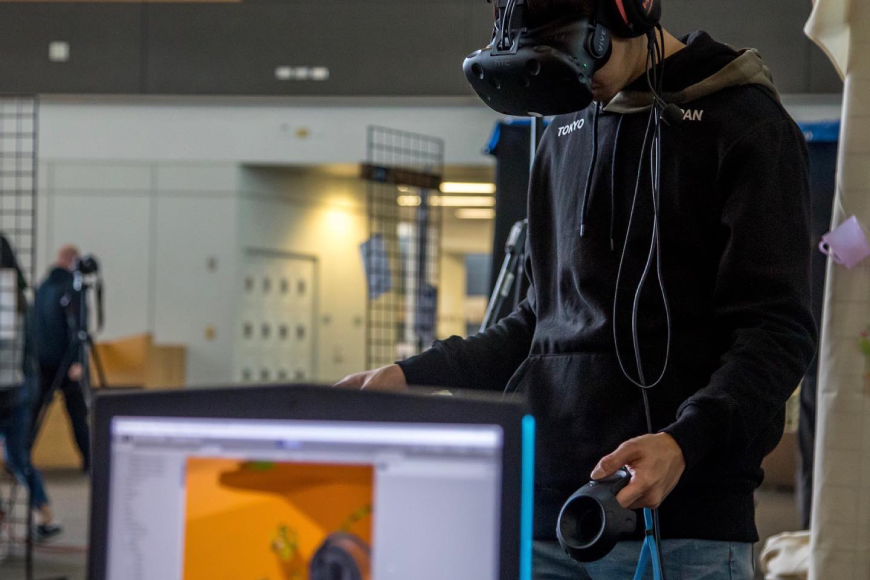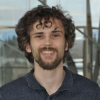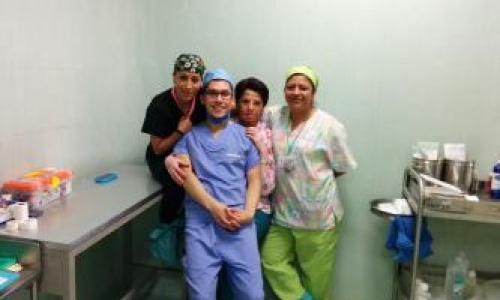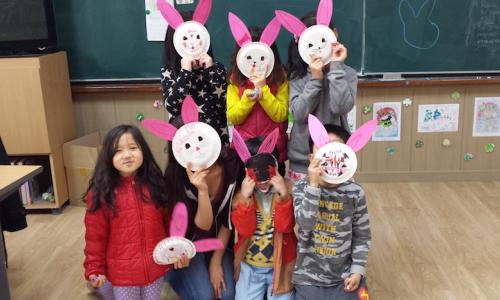
I (and I’m sure I’m not alone) wasn’t looking for a job at SFU when I joined co-op. When I thought of co-op, I imagined working for some big impressive company like blastRadius, EA, Mobify, or Google where I would have a catchy job title like “Experience Design Intern” or “Interface Design Apprentice” and I would get free catered lunches. When I handed someone my business card, I wanted them to read it twice before they believed me.
I had not completed a single work term yet, and only begrudgingly applied to positions I didn’t think were “resume quality”. Because of this, my first interview was during lightning round at the end of the semester. I got an offer to work for SIAT, and though I went in excited to contribute to the program, I was honestly a bit disappointed that I wasn’t working at a creative agency.
Experience has shown me that I was approaching things with the wrong mindset. It’s fine to dream -- but I learned a lot working for SIAT and not a dream position at a fortune 500 company. In fact, after my co-op position at SIAT, I secured an internship with AKQA, a leading digital and creative agency.
I discovered that there were many good reasons to work for SIAT. My supervisors gave me a lot of flexibility to create and tailor my projects to my interests, which allowed me to craft some great portfolio pieces. Over the course of my two work terms at SIAT, I completed projects that allowed me to develop a variety of my skills including:
- Graphic Design
- Information Design
- Web Design
- HTML/CSS
- Javascript and JQuery
- Processing
- User Experience Design
- User research and testing
- Creating narrative
- Video production
- Project management
- Spoken and written communication
- Professional report writing
- Recruiting
In this position, I was able to apply and develop the skills from all of my previous SIAT coursework while creating projects that will have a positive impact on current and future SIAT students, which I really liked.
Besides the skill development, I also learned about the organizational culture. The way public institutions such as universities actually work behind the scenes on a day-to-day basis was something completely foreign to me. Working in this type of environment was both fascinating and at times, and unbelievably frustrating for me.
In SIAT courses you work as fast as you can to get as much work as you can to as high a level of finish as possible before it’s due. As a SIAT university employee you need to adapt to a university environment where a lot of your work requires committee approvals, which takes time and much consultation. In a position like this, you will make good use of your presentation skills, and you’re going to get completely honest feedback, even if it hurts.
There is one other piece to this cultural puzzle. In environments like this, you may be working with highly intelligent people, but they won’t necessarily be able to provide you with the type of feedback you are accustomed to getting in your design studios. Therefore, you will have to self-critique much of your own work and in the end it has to meet your standards. Such an environment has forced me to find my own voice as a designer, but now, as I head to my upcoming position at AKQA, I expect that my design sensibility may well be challenged. But that’s okay – I’m ready and excited for it, and believe this next stop on my journey will help me grow as a designer.















